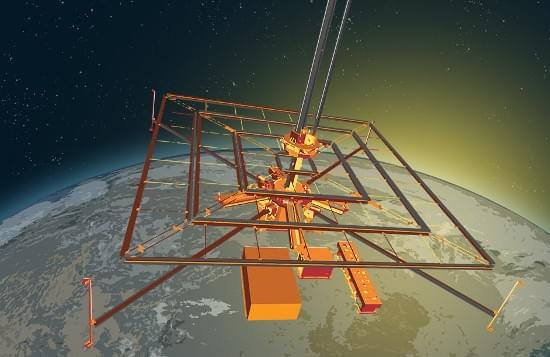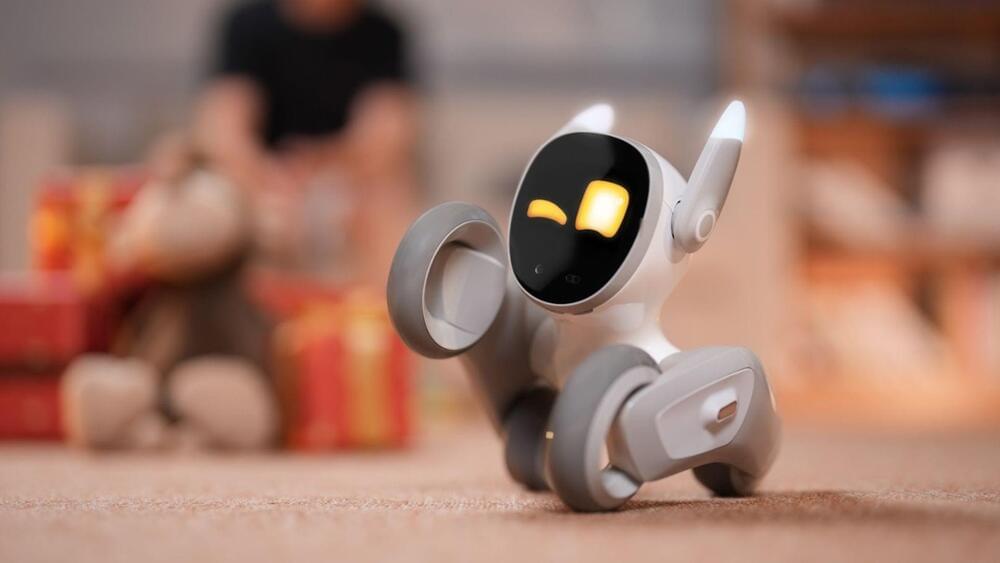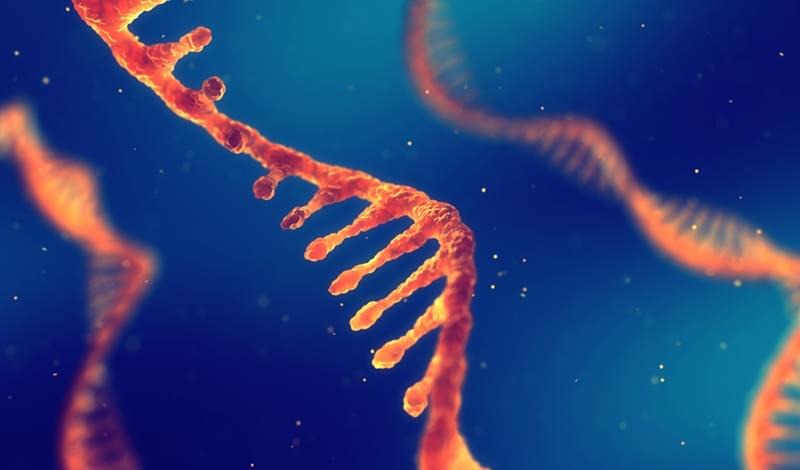Space Solar Power Demonstrator (SSPD) launched on January 3rd may be a breakthrough for harvesting solar energy from space.
A Caltech-designed prototype satellite containing an experiment, the Space Solar Power Demonstrator (SSPD), was launched on January 3rd of this year in what could prove to be a breakthrough for harvesting the energy of the Sun from space. The satellite goes by the name Momentus Vigoride and hitched its ride into space on a SpaceX Falcon 9 rocket.
Solar energy from space has been the dream of science fiction writers beginning with Isaac Asimov back in 1941 in a short story called Reason which later was included in a collection that Asimov published in 1950 entitled I, Robot. In the story, Asimov described a space station that collected energy from the Sun and transmitted it by microwave beam to various locations. Asimov recognized the distinct advantage of building solar power generating stations in space out of the Earth’s shadow and therefore continuously being able to harvest the energy of the Sun.
When the first telecommunication satellites were launched into geosynchronous orbits around Earth, it became obvious that not just communications could be offered in a continuous stream using satellite technology. A photovoltaic array parked in a similar orbit would stream electrical energy to Earth ground receivers. And depending on the size of an array deployed at that altitude, a satellite or a few of them to ensure no single failure, could become an endless supplier of all the energy the planet would need. There were technical problems still to work out.









